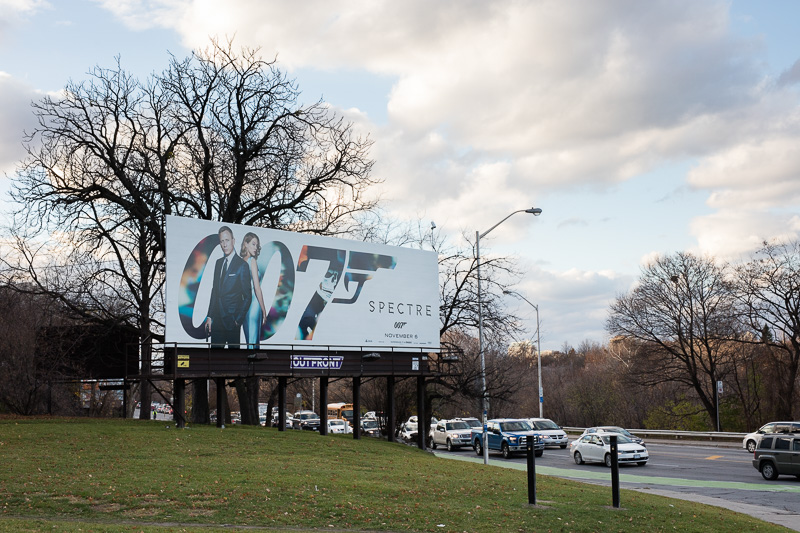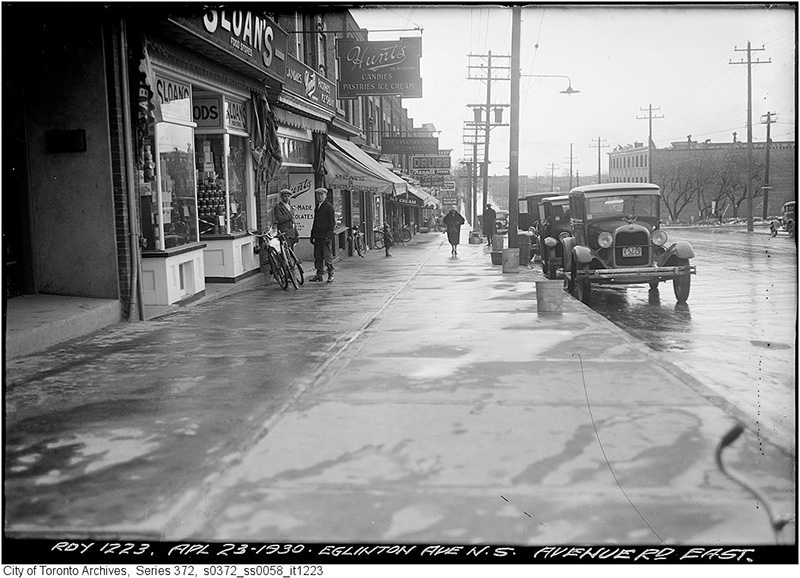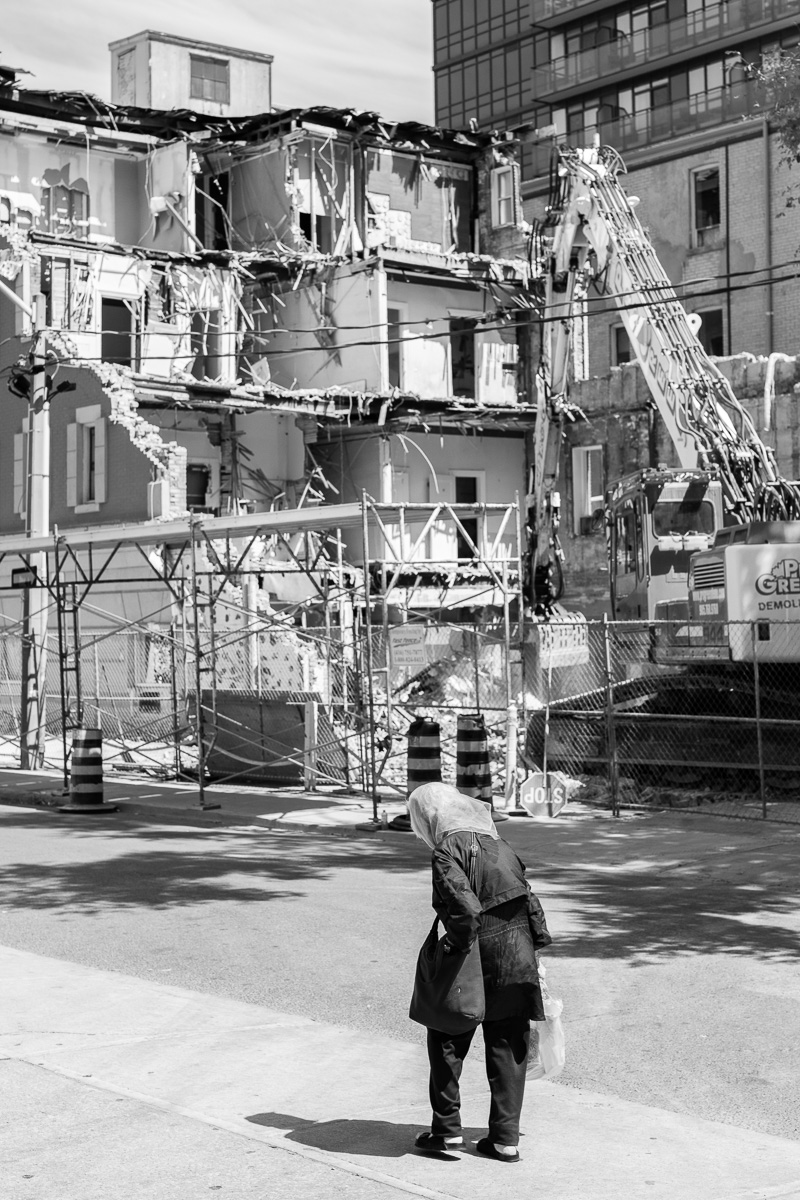While the official story holds that Ian Fleming named his most famous character after an American ornithologist, local legend tells a different story. In 1942, Fleming spent a few weeks at Camp X near Oshawa where he was taking specialized training (he was leader of a British commando unit). Fleming was staying at a home on Avenue Road, and, every day, on his way to Camp X, he passed a local church, St. James-Bond United Church. The church’s name sank into his memory and, after the war, when it came time to write about the exploits of agent 007, the name floated to the surface.
The hyphenated church name theory is probably no better than historical fantasy but, since we’re in the fantasy mode, why not ratchet things up a notch? Here’s a fresh speculation: while in Toronto, Ian Fleming almost became a Trappist monk. Instead of writing Chitty-Chitty Bang Bang and Dr. No, he almost ended up writing meditations on the contemplative life and tracts protesting military spending.

In his memoir, The Seven Story Mountain, Thomas Merton writes about his younger brother, John Paul. Like Thomas, John Paul had drifted across the Protestant/Catholic divide and had even toyed with the idea of becoming a priest. For whatever reason, the idea never took hold. John Paul was an impulsive young man and suddenly ran off to Canada to join the Royal Canadian Air Force. The U.S. wasn’t in the war yet, and, I suppose, John Paul was itching to see the sort of action he couldn’t get south of the border. Merton writes that “he was in camp, somewhere near Toronto.”
One of the things I like about John Paul is the fact that he was a photographer. Their father had been a painter, and both sons inherited his artsy fartsy sensibility, Thomas, with his poetry, and John Paul, with his camera. I can imagine how, as training trudged from 1941 to 1942, John Paul grew bored of the Air Force. On Saturday nights, maybe he came into town with his camera, hoping to shoot some action—bar fights, girls, whatever caught his fancy.
I can imagine him sitting by the window of a pub on Eglinton Avenue when a proper English gentleman strolled past. The gentleman paused, struck perhaps by the sight of a young man reading a newspaper while a draught sat chilling on his table beside a Rolleiflex. After exchanging pleasantries, Mr. Fleming joined the young John Paul and they began their conversation by wondering how small one might engineer a camera for use by, say, a spy agency.

By the typically circuitous path that conversations take, John Paul let slip that he had an older brother, Thomas, who had become a novice monk and had joined the Abbey of Gethsemani in Louisville, Kentucky. Without thinking, Fleming blurted: “What the deuce would a man do such a thing for?” He was so flustered, he dangled his preposition. Being a good Church of England man, himself, it never occured to him that real people might choose celibacy. Nevertheless, he was fascinated to learn about Thomas Merton’s decision and left the pub with the monk’s address.
The two men struck up a correspondence and, after the war, Fleming even visited Merton at Gethsemani—not so far-fetched when you consider that Merton entertained many famous personages including Joan Baez and Thich Naht Hanh. Together, the men drank a toast to John Paul Merton, whose plane had gone down in the English Channel in 1943. For a time, Ian Fleming flirted with the idea of becoming a monk, but finally dispatched the idea with the publication in 1953 of Casino Royale. After reading the novel, Merton allowed their correspondence to peter out.
As an afterward, I note that St. James-Bond United Church no longer exists. As the congregation’s numbers dwindled, it opted in 2005 to amalgamate with the congregation of Fairlawn Heights United Church. Together, they worship as Fairlawn Avenue United Church. In 2006, most of the church was demolished. Now, a retirement residence stands on the site and incorporates features of the previous building.
